Eat Fruits, Don’t Drink Them
Juice cleanses are a popular diet trend supposedly designed to help individuals lose a few pounds. But are they really healthy or beneficial?
 We all know someone who’s done a juice cleanse to lose the last few pounds, get their summer body ready, to detox their body, whatever. But how do these juice cleanses work? Fad juice diets claim you can lose approximately 10–15 pounds in a week through an expedited cleanse, but is it the right type of weight?
We all know someone who’s done a juice cleanse to lose the last few pounds, get their summer body ready, to detox their body, whatever. But how do these juice cleanses work? Fad juice diets claim you can lose approximately 10–15 pounds in a week through an expedited cleanse, but is it the right type of weight?
Lean Body Mass vs. Fat Mass
Our bodies are made of lean body mass and fat mass. Lean body mass is vital to maintain when trying to lose weight. It helps to burn calories during workouts and while at rest. But when people are talking about weight loss, they’re most likely wanting to lose fat mass.
Our bathroom scales, unfortunately, can only tell us our combined weight: skeleton, muscle, fat, and all the other components that make up our body. It’s not going to show you whether or not it’s pounds of fat being dropped or muscle. When it comes to dieting for fat loss, it’s important to fuel our bodies appropriately with the macronutrients—carbohydrates, fats, and proteins—essential to our continued health.
Cutting Carbs, Fats, and Protein
Carbs are our body’s preferred source of energy and juice cleanses remove the majority of that fuel from our diet.
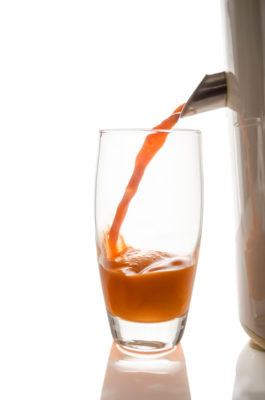 An example is the 10-day master cleanse that replaces all meals with a drink made of lemon juice, purified water, cayenne pepper, and maple syrup. The body basically goes into starvation mode so the body replaces that missing energy from somewhere else: muscle. This process is called gluconeogenesis, in which our muscles are broken down to produce energy. This process can definitely cause you to lose weight, but not strictly body fat.
An example is the 10-day master cleanse that replaces all meals with a drink made of lemon juice, purified water, cayenne pepper, and maple syrup. The body basically goes into starvation mode so the body replaces that missing energy from somewhere else: muscle. This process is called gluconeogenesis, in which our muscles are broken down to produce energy. This process can definitely cause you to lose weight, but not strictly body fat.
Juice cleanses are also low in proteins and fats—both essential to maintaining health and ensuring stable weight loss.
Fats provide many functions in the body including: providing energy, supporting cell growth, absorbing certain nutrients, and producing hormones. Proteins are often called the building blocks of our bodies. They are important in the structure of bones, muscles, cartilage, skin, and blood. Proteins are needed to repair and build these tissues.
What Do Juice Cleanses Actually Do?
At this time, there is no compelling evidence to prove that juice cleanses or detox diets will help with fat loss. They may cause short term results that can show a desired number on the scale for a day. However, as soon as food is reintroduced into the diet, our bodies will put back on the weight that was lost. And it’s possible that regaining the weight will happen quicker for a variety of reasons.
First, our body has only been consuming liquids for an extended period of time and is now empty. As soon as food is put back in the stomach, weight is regained.
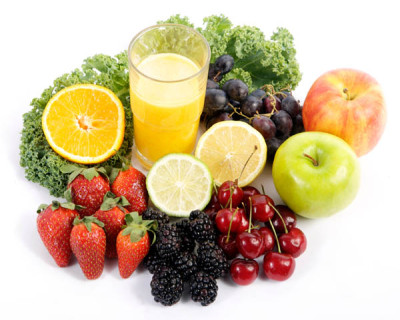 Second, our ability to burn calories is slowed from losing muscle and low amounts of nutrients coming in. When we are burning fewer calories at rest than we are used to, we will regain some extra weight because the body is lacking the ability to keep up the way it did before the cleanse.
Second, our ability to burn calories is slowed from losing muscle and low amounts of nutrients coming in. When we are burning fewer calories at rest than we are used to, we will regain some extra weight because the body is lacking the ability to keep up the way it did before the cleanse.
Lastly, juice is full of sugar. The difference between eating a piece of fruit and consuming it in juice form is that when you eat an apple you typically will only eat one apple. You get all the fiber and nutrients that it has to offer. When drinking a glass of juice, they have taken a whole bunch of fruit, removed the fiber and some of the nutritional value, basically leaving a glass of fruit sugar. This sugar is quickly digestible and increases your blood sugar levels, similar to soda.
To Juice, or Not to Juice?
Unfortunately, it seems the best way to achieve a healthy body composition, and achieve fat loss, is finding something that is sustainable. Quick fix dieting and detoxing has a success rate of 20 percent. In other words, 80 percent of the diet trends are not maintainable.
By creating healthy habits of eating a balance of protein, carbs, and fat every day, getting in daily physical activity, and managing portion control is the way to achieve and maintain fat loss.
We’re proud to bring you the freshest content on the web! Follow USANA on Twitter, like our USANA Facebook page and enjoy the latest videos on the official USANA YouTube channel.
 Learn what USANA is doing to make the world a better place.
Learn what USANA is doing to make the world a better place.
The future of personalized health and nutrition is now available with USANA’s True Health Assessment.

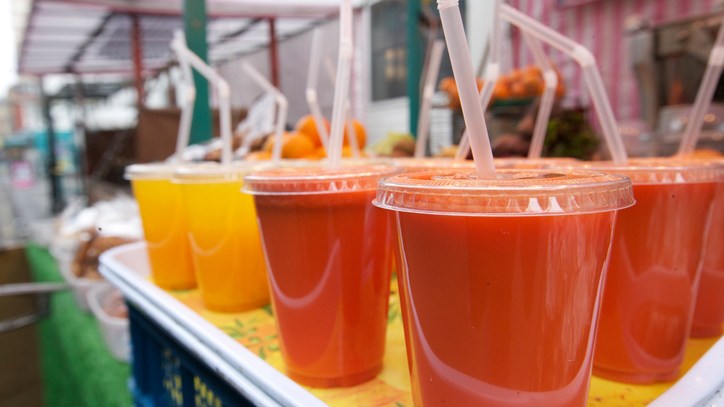



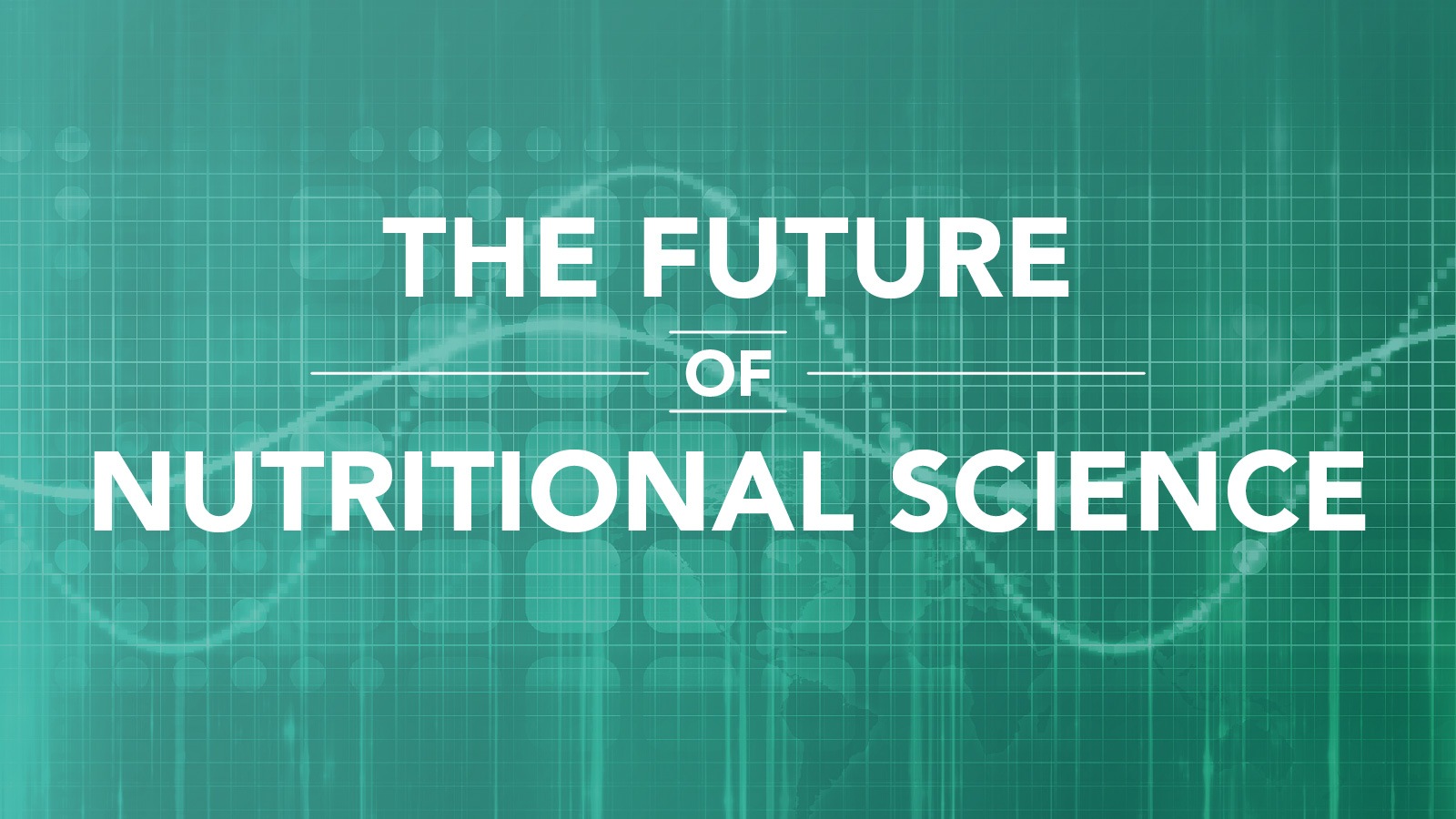
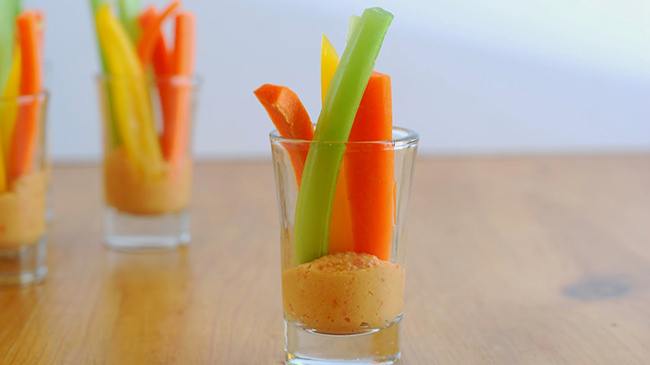
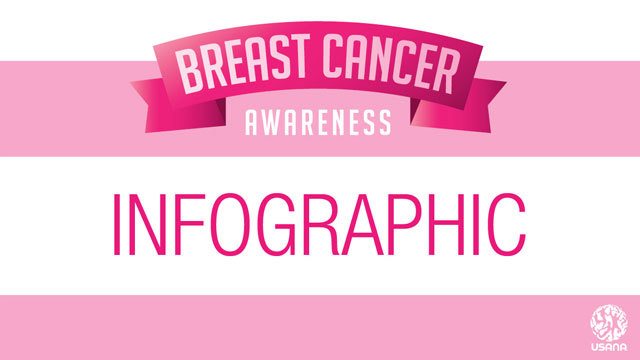

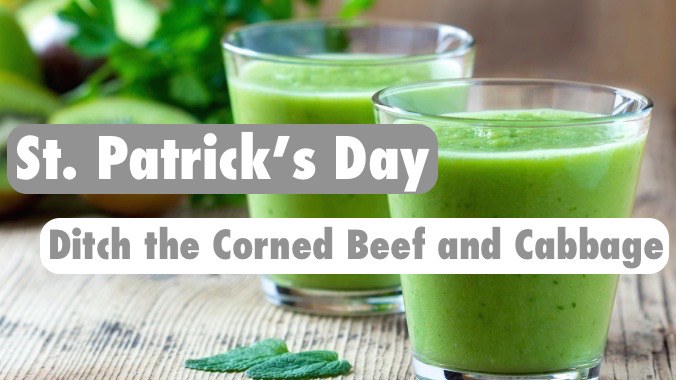
This is such a great post. It reminds us that juice cleanses and other Weight Loss fads are not the best way to get to your goal. Thanks again!
Some good info here BUT a definition of the “common understanding” of the loose use of the term ‘juicing’ or ‘juice’ and the reference to undertaking a juice cleanse and the exact form in which it is consumed -vs- (as opposed to) the education of consumers that the removal of the flesh of the whole fruit and vegetable is not going to achieve a long term or ‘desireable’ health outcome unless it is recognised that traditionally ‘juicing’ means extracting juice and nothing else; where as PURÉE-ING (or blending) of the whole fruit or vegetable as in creating a smoothie retains the fibre this exercise.
Also, blending or purée of whole fruit and vegetable can assist people with digestive issues and nutrient absorption issues because the food is consumed in a form considered to be equivalent to a “pre digested’ food, (meaning easily broken down and adsorbed by the body).
Hope my contribution also helps the voices regarding the need for clarification with a little extra info for others wanting to know a little more.??